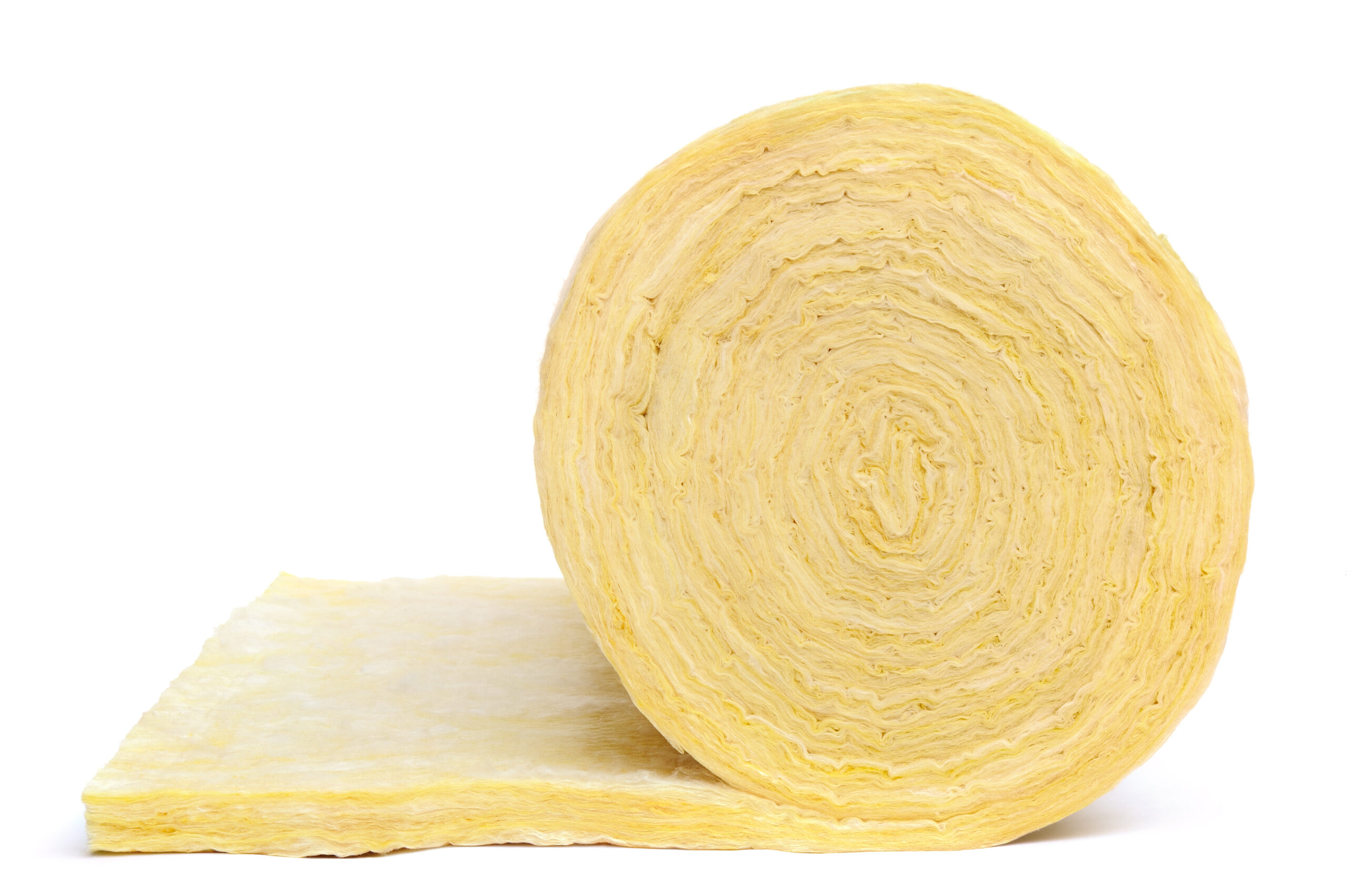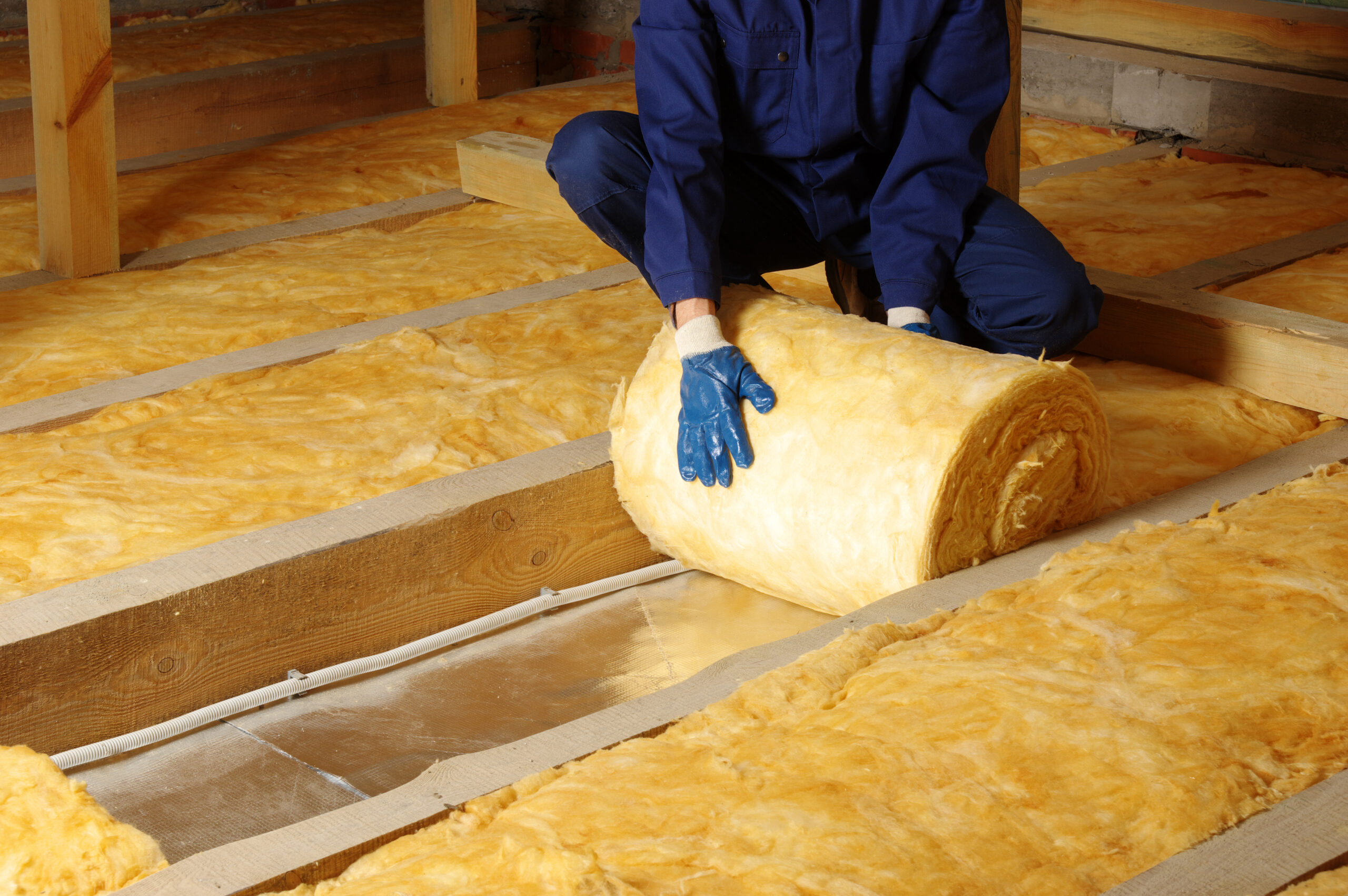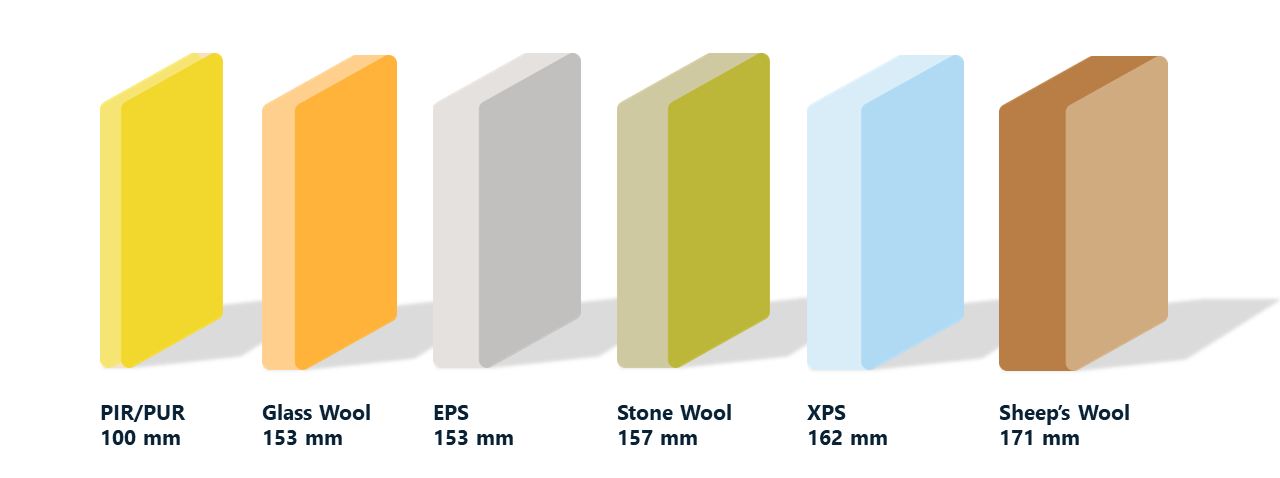It is available in a range of densities and as such has varying levels of thermal conductivity. It is typically used in masonry cavity walls, timber frame walls as roof rafter insulation and in loft and suspended floor applications.
It is available in a range of densities and as such has varying levels of thermal conductivity. It is typically used in masonry cavity walls, timber frame walls as roof rafter insulation and in loft and suspended floor applications.

The product has good acoustic and reaction to fire properties and uses post-consumer waste in its manufacture.
Masonry cavity walls
Timber frame walls
Rafters and lofts
Suspended floors
Good acoustic properties
Uses post-consumer waste
Good reaction to fire properties

Because of its superior thermal performance PIR insulation offers optimal insulation value meaning a thinner layer will achieve the same insulation properties. This has other benefits, as using thicker insulation will mean a larger building footprint or smaller internal dimensions for a property.
The diagram shows the typical thicknesses of different wall insulation materials needed to achieve an R value of 4.5.

Insulation Manufacturers Association© | All Rights Reserved 2025
Designed & Built By Platform81